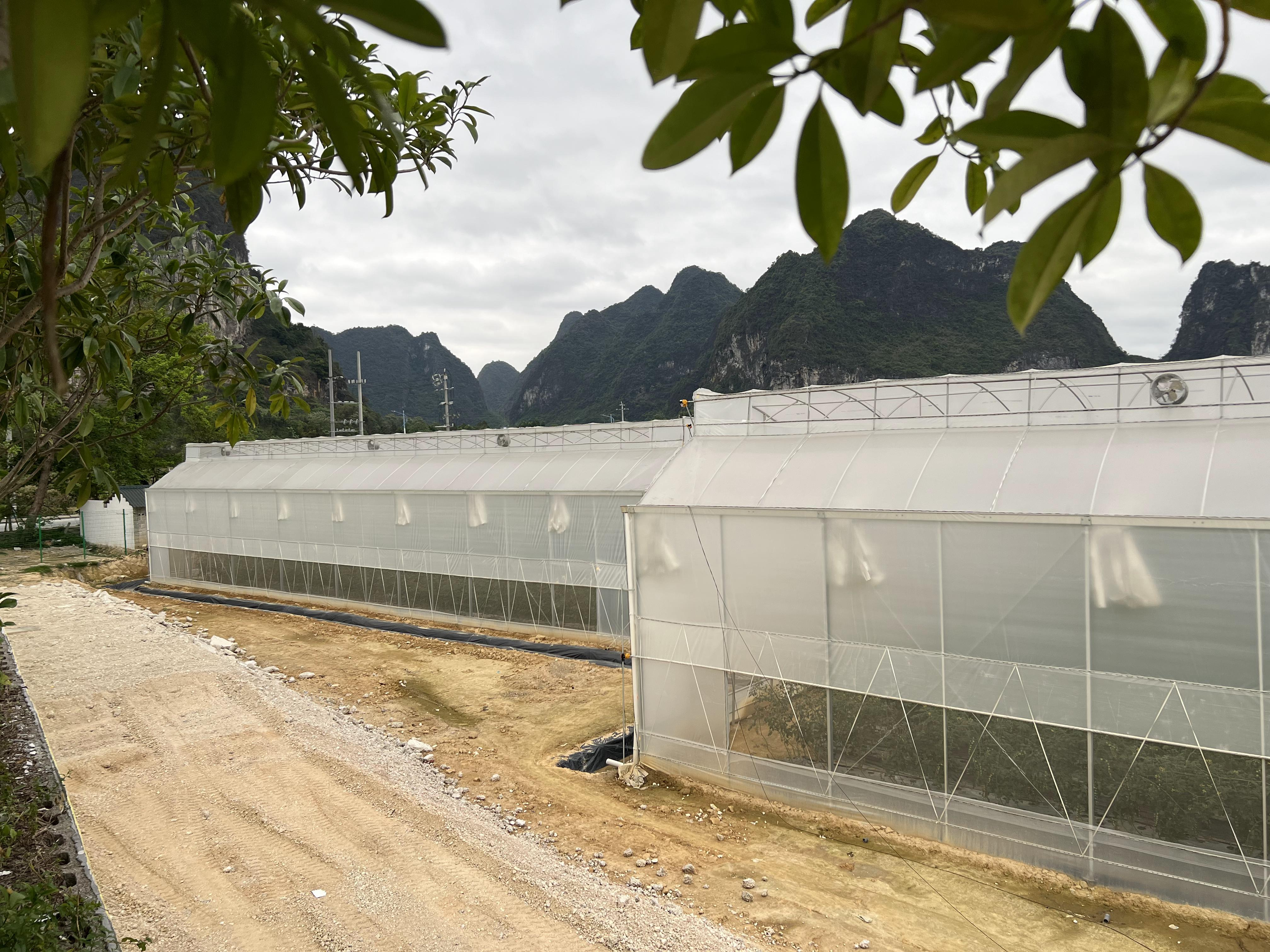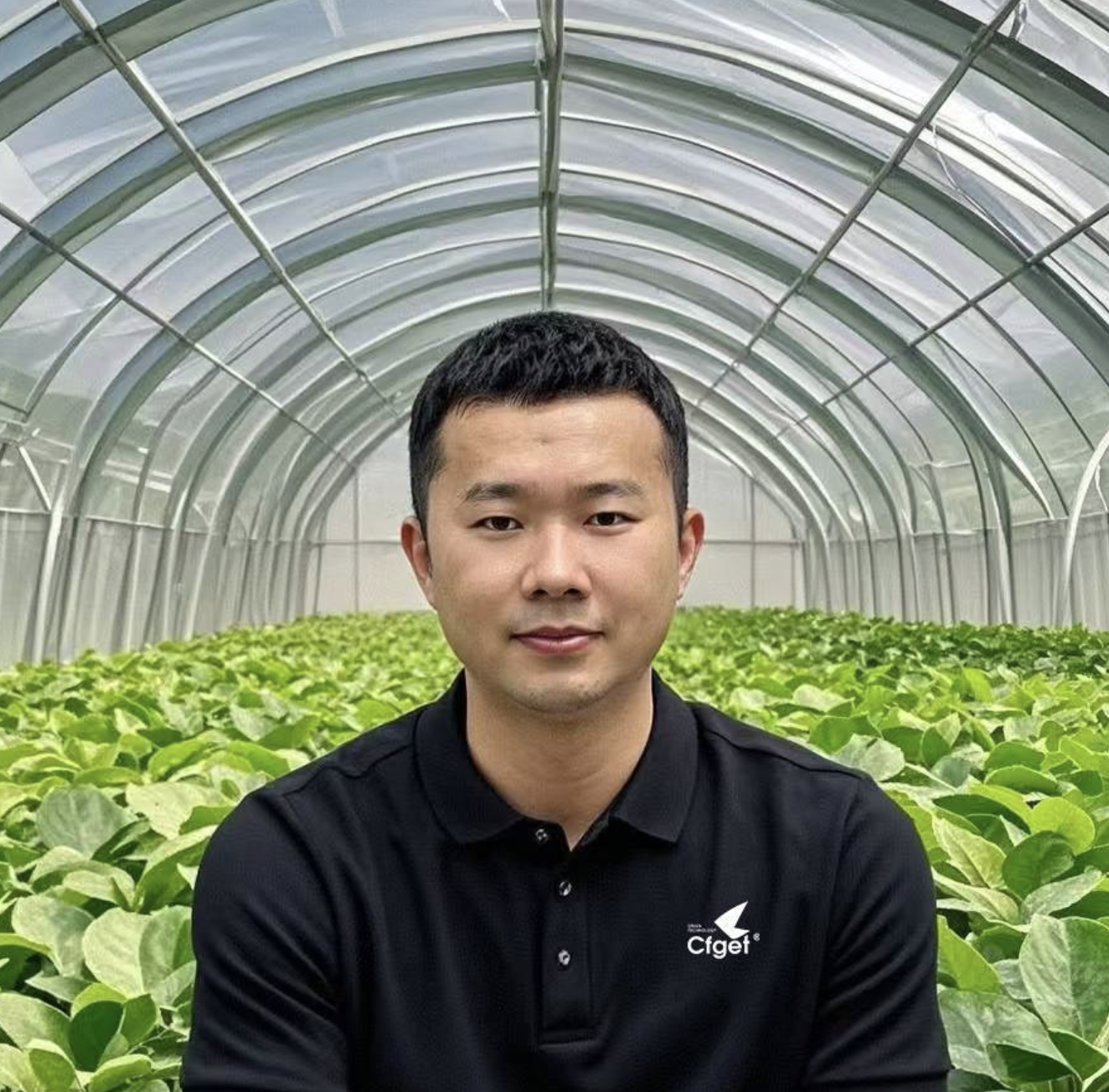Greenhouse design is more than just creating a shelter for plants. It involves using the right combination of environment, space, and technology to boost productivity, energy efficiency, and sustainability. The design process must address various factors that affect both the greenhouse’s effectiveness and the agricultural output. In this article, we will explore the key principles of greenhouse design that can lead to a highly efficient and sustainable growing environment.
3. Energy Efficiency and Sustainability: Green and Cost-Effective Solutions
Modern greenhouse design focuses on energy efficiency and sustainability. By utilizing solar power, rainwater collection, and other natural resources, greenhouses can reduce reliance on traditional energy sources. Solar panels can provide electricity for daily operations, decreasing the carbon footprint. Rainwater collection systems can gather rainfall for irrigation, lessening the dependence on external water sources. Proper insulation and shading can also help regulate the internal temperature, ensuring the greenhouse stays warm in winter and cool in summer, all while reducing energy consumption.
4. Maximizing Space Efficiency: Boosting Productivity per Square Meter
Efficient space utilization in a greenhouse is key to increasing productivity while minimizing management costs. Vertical farming and modular designs make the most of the available space. Vertical farming increases plant density and reduces the need for large land areas. Modular designs allow flexibility in adjusting the layout to accommodate different crops, ensuring that various types of plants can grow in the same space, increasing productivity.
1. Environmental Control: Creating the Ideal Growing Conditions
The core of greenhouse design is to provide an optimal environment for plant growth. Factors such as light, temperature, humidity, and airflow are crucial. Light control is one of the most important aspects of greenhouse design. Using transparent materials like glass or polycarbonate panels helps maximize natural light, which is essential for photosynthesis. Temperature regulation is also vital. Managing the temperature difference between day and night can promote healthy plant growth. In colder climates, insulation design is especially important to minimize energy use. Humidity control is another key factor, as proper ventilation helps maintain airflow and prevent overly damp or dry conditions, reducing the risk of disease.
2. Structural Integrity: Ensuring Durability and Stability
A greenhouse's structure must withstand local weather conditions such as strong winds or heavy snow. The frame needs to be robust enough to handle external pressure. Roof design plays a critical role in this, with sloped roofs helping to prevent snow buildup. The choice of materials for the frame, such as corrosion-resistant galvanized steel or aluminum, ensures that the structure remains durable and low-maintenance over time.

5. Adaptability and Flexibility: Meeting Changing Crop and Climate Needs
Greenhouse design must be adaptable to the changing needs of crops and shifting climate conditions. As crop varieties and farming methods evolve, the design must allow for flexibility. Adjustable roofs enable ventilation during the summer to keep temperatures down, while they can be closed during winter to retain warmth. Multi-purpose designs ensure that greenhouses can serve different functions, such as research, education, or commercial production, which enhances their adaptability and versatility.
6. Smart Management: Reducing Human Intervention and Increasing Efficiency
With advancements in technology, smart management systems have become increasingly integrated into greenhouse design. These systems incorporate sensors, automated devices, and data analysis to monitor and adjust the greenhouse environment. Real-time monitoring of temperature, humidity, and CO2 levels, combined with automatic control systems, helps optimize growing conditions and reduces the need for human intervention. This not only saves labor costs but also ensures plants grow in ideal conditions, boosting productivity and quality.
As a leading provider of greenhouse solutions, Chengfei Greenhouses has been at the forefront of incorporating smart management systems into their designs. Their advanced environmental control systems and automation technologies help maintain ideal conditions for plant growth, enhancing both productivity and quality.
Understanding the core principles of greenhouse design can help optimize agricultural production while promoting energy efficiency and sustainability. Modern greenhouse designs are becoming increasingly intelligent and energy-efficient, paving the way for a more sustainable future in agriculture.
Welcome to have a further discussion with us.
Email:info@cfgreenhouse.com
Phone:(0086)13980608118
Post time: Mar-26-2025






 Click to Chat
Click to Chat